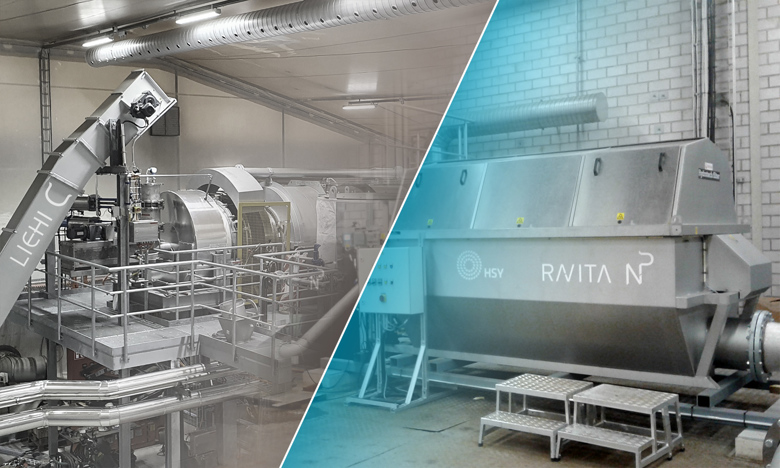Comprehensive recovery of nutrients and carbon from wastewater (RAHI 2)

HSY has developed new methods for recovering important nutrients and carbon from wastewater. The technologies of the RAVITA(TM) and pyrolysis projects are very promising and, when combined, allow a very high nutrient recovery rate. The RAHI 2 project brings these technologies towards practical applications.
Background to the project
There is increasing positive interest in the use of recycled nutrients. HSY has developed comprehensive recovery of nutrients and carbon in wastewater through the RAVITATM and pyrolysis projects.
HSY’s development work related to nutrient recovery has been based on the separation of the phosphorus nutrient fraction from the sludge fraction, which allows maximum and cost-effective nutrient recovery while also enabling more efficient wastewater treatment. In the RAVITA process developed by HSY since 2015, the phosphorus contained in wastewater is recovered at the end of the wastewater treatment process. The aim of the process is to recover up to 60% of the phosphorus load coming to the wastewater treatment plant. In addition, it is estimated that approximately one third of the incoming phosphorus is bound to biosludge at the treatment plants through natural microbial activity. For more advanced utilisation of this component, HSY has been studying the pyrolysis of sludge since 2016. This will further increase the total recovery rate and recycling possibilities of phosphorus, as well as enable carbon sequestration.
Project implementation and objectives
The RAHI 2 project consists of three complementary subtasks to bring nutrient recovery technology towards practical applications at Finnish treatment plants. The first subtask of the project is focused on exploring the nationwide potential of phosphorus recovery on a site-by-site basis with RAVITA technology and the potential for centralized phosphorus separation from the recovered fraction. The second subtask focuses on enabling the RAVITA process to be scaled to full scale by developing targets identified in a previous project. The third part of the project focuses on the utilisation of sludge char created from the biosludge generated at the treatment plant.
The main objectives of the project include enabling the scaling of RAVITA technology, ensuring commercially sustainable development work and operations, and supplementing the concept with the pyrolysis of biological sludge.
The Ministry of the Environment has granted funding for the RAHI 2 project (EUR 363,715) for the years 2023–2025. The source of funding is European Union's Next Generation EU funding under the Finnish Sustainable Growth Programme. The total value of the project is EUR 742,300.